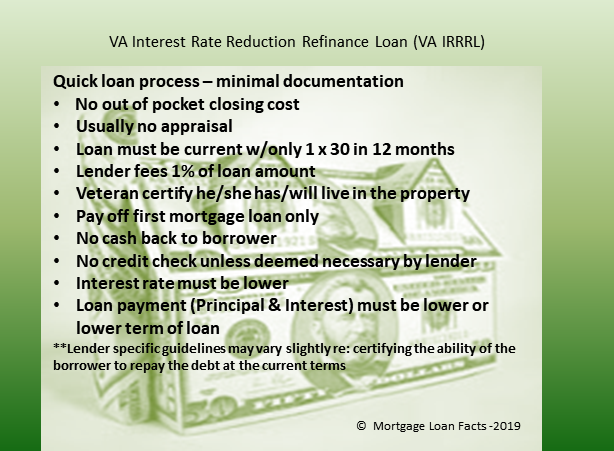This post has been updated as of 8-05-21.
FHA Closing Cost Explained
We are giving you some upfront information so that you know exactly what to expect from this type of loan.
FHA mortgage loans are popular for those who have yet to accumulate substantial savings to pay all the closing costs. Another important option for an FHA loan is that the seller of the property is allowed to pay 6% of the sales price. These funds can go toward the buyer’s closing cost, discount points, and prepaid items.
The borrower charges may add up to be between 3% to 5% of the loan amount.
What Must The Borrower(s) Contribute?
Another important advantage of an FHA mortgage loan is the loan to value ratio. The maximum loan amount may not be more than 96.5% of the sales price for a purchase, or appraised value whichever is less. The buyer must contribute 3.5% to the transaction.
The lenders are restricted from using closing costs to meet the Minimum Required Investment (MRI) of 3.5%. This investment by the borrower must be above and beyond the closing cost of the loan.
FHA Allowable Fees – Customary and Reasonable Fees *Consumer Finance
- Escrow Fees – Base
- FHA appraisal Compliance Inspection
- Loan Origination fee, usually 1%
- Lock-in and Rate Lock Fees
- Title Insurance ALTA
- FHA MIP Premium *mortgage insurance premium
- Discount Points – points are those charged by the lender to get a lower rate of interest
- Credit Report Fee – (the actual cost)
- Prepaid Interest Charges – interim -the amount of interest charged if the loan closes on the 15th of the month – there is interest charged to the end of the month.
- Hazard or Flood Insurance Premiums
- Reserves for Taxes and Insurance **Taxes and Insurance must be paid in the mortgage amount. It cannot be waived
- Notary Fee of $10 – signature
- Recording Fees – Actual Cost
- Termite -initial inspection okay – no repairs unless approved in writing by a lender
- Home Warranty – okay if written in escrow instructions and prior lender approval
- Amortization Schedule Fee
- Real Estate Commission – if prior lender approval in writing
- Broker Fees – if approved prior to closing by the lender in writing
- Tests or treatment required by HUD – with prior lender approval in writing
- Compliance Inspection Fee
Allowable Sources of Funds
The borrower’s minimum required investment (MRI) is 3.5% of the sale price. This amount must come from the borrower’s own funds.
- Earnest Money must be verified, source, and a paper trail of the funds, meaning canceled check, bank statements, evidence if the money is being held in escrow by the Real Estate Office.
- All closing costs must be verified, the source, and a paper trail of the funds, with bank statements to show where the funds came from.
- If the funds came from a gift, it must be documented according to gift requirements by FHA. There must be a gift letter and evidence of transfer from the donor’s account to the borrower’s account.
- The donor must show evidence of the ability to give the gift. The gift may be given at closing, however, the donor must provide evidence of the ability to give the gift. The gift must be in a certified check at closing.
- The gift funds made to the borrower(s)
- is a family member
- the borrower’s employer,
- labor union *specific guidelines apply
- a charitable organization * specific guidelines apply
- a close friend who can be identified as having a close relationship with the borrower that can be verified
- a government program/entity which allows for help in obtaining funds for lower-income borrowers and first-time homebuyers *specific guidelines apply
- The gift letter must indicate the name, address, phone number, relationship to the borrower(s), the dollar amount, and that the gift does not require repayment.
- Cash on Hand is not an acceptable source for the donor of a gift.
Funds From Retirement Account
- If the funds come from a retirement account such as a 401K vested balance, it can use up to 60%, less any loans. The full paper trail of withdrawal via statement showing the funds available, the amount that can be withdrawn, and evidence of withdrawal. The withdrawal is fully documented, and the deposit into their bank account.
Cash On Hand
- Cash on hand is allowed for the borrower if the borrower can provide evidence that he or she has the ability to save these funds from their income, sale of an asset, or cash available from a life insurance policy.
- A written statement from the borrower of how the funds were saved must be presented to the lender.
- The lender must document that these funds are appropriate for closing. The borrower’s income, expenses each month must be viewed to see if the borrower has sufficient ability to have saved the money. If the funds are allowable, they must be deposited into a bank account before closing.
- The Seller can contribute 6% of the sales price toward closing costs. The 6% interested party contribution cannot be used toward the borrower’s minimum required investment of 3.5%. Anything over and above 6% of the sales price is considered an inducement to the transaction and is not allowed.
- Down-payment assistance programs are allowed, however, they must conform to the lender and FHA requirements.
Note: As always noted in our post, there can be further documentation needed, depending upon the source used for closing, product, and other parameters. Always ask questions and get the answers. Another important factor is that almost all mortgage loans are initially underwritten within the automated underwriting system. If the loan becomes a manually underwritten loan, further documentation may be required to meet those guidelines. It all depends upon the mortgage applicant(s) financial stability, credit, product type, etc.
Disclosure: Mortgage policies and guidelines change frequently for all mortgage products-FHA/VA & Conventional. Always check with your lender of choice about their fees before jumping ahead. When writing here we try to find the most current guidelines to give you the head-up you need. That does not mean that in the interim something could have not been published that supersedes these trends.



